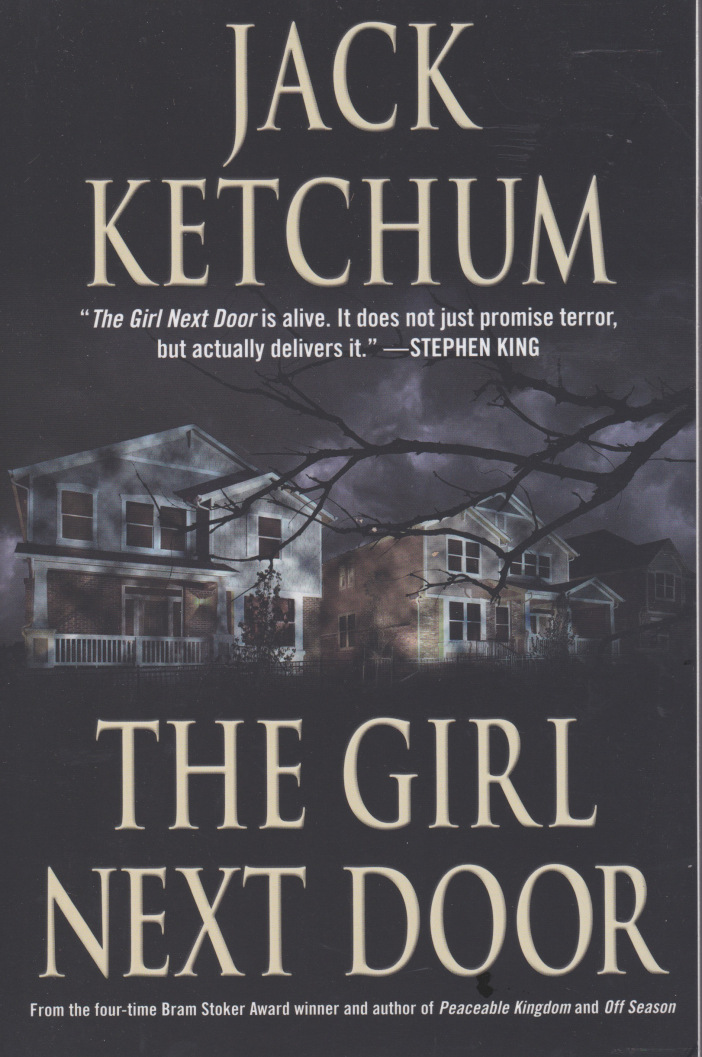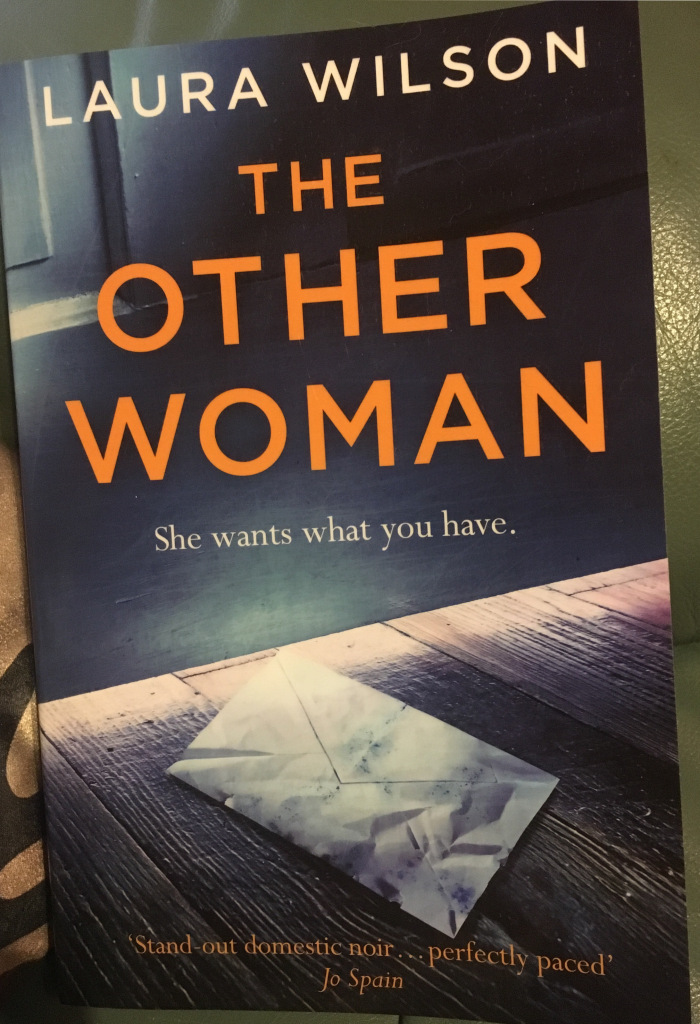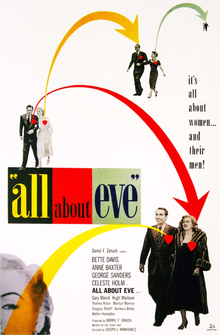Well, I tried to make pho last night and it was an absolute disaster. Heavy sigh. But hey, you gotta try sometimes, right? I’m not entirely sure what I did wrong–but it tasted terrible, and I overcooked the noodles, and yes, Gregalicious does have the occasional epic fail in the kitchen. I shall try again another time, of course, but I am certain it will most likely be a really long time before I try again. It was so disappointing, and I really wanted some pho last night. Ah, well.
Paul went to see a local play production last night, so I was left to my own devices. After I trashed the pho, I went on to make tacos–always so reliable–and sat in my easy chair and finished reading Jack Ketchum’s The Girl Next Door.
Well, THAT was disturbing.

You think you know about pain?
Ask my second wife. She does. Or she thinks she does.
She says that once when she was nineteen or twenty she got between a couple of cats fighting–her own and a neighbor’s–and one of them went at her, climbed her like a tree, tore gashes out of her things and breasts and belly that you can still see today, scared her so badly she fell back against her mother’s turn-of-the-century Hoosier, breaking her best ceramic pie plate and scraping six inches of skin off her ribs while the cat made its way back down her again, all tooth and claw and spitting fury. Thirty-six stitches I think she said she got. And a fever that lasted days.
My second wife says that’s pain.
She doesn’t know shit, that woman.
That’s a pretty amazing image for the start of a book, don’t you think?
I was on a panel with the divine Megan Abbott several years ago where she mentioned that the suburbs are incredibly noir; I’d never really thought of it that way before, but I soon realized she was absolutely right (as she so frequently is). One of the major disconnects in our culture and our society is our idealization of children and childhood; as well as the time when children are at the in-between stage between childhood and adulthood, hormones raging and passions and emotions are their height; she has explored this beautifully in novels like The End of Everything and Dare Me. Stephen King writes beautifully about children; idealizing the innocence of childhood against the very real terrors that exist in that time; nowhere is this more evident than in his novel It. That idealized world is partly because of 1950’s sitcoms like Father Knows Best and Make Room for Daddy; a sanitized, unreal world that everyone seems to look back on and thinks was real–when it was anything but.
Jack Ketchum’s The Girl Next Door is also set in that time; 1958, to be exact, in a small suburb/town in New Jersey, a tranquil world of fairs and carnivals and playing pick-up games of baseball in the park; of trying to catch crayfish in the creek and beginning to wonder about the way your body is changing. But this ‘idyllic’ world has some dark edges–there’s a sociopathic bully up the street, beaten by his alcoholic father who also beats his mother and sister; and the three boys next door don’t seem quite right in the head, either. Their single mother, Ruth, is the “cool mom” of the neighborhood, who lets the kids drink beer and smoke in her presence. The death of her brother and his wife brings two more kids–girls–into her home, Meg and Susan. And then the dynamic begins to change…and Ruth’s own sociopathy begins to reveal itself…and soon Meg is tied up and being tortured in the basement…and the other kids in the neighborhood also soon are slowly drawn into the terrifying game in the basement.
And the main character, whose first person POV this is told in, is not exactly innocent. Told in reminiscence; looking back on what happened as an adult, exploring why he didn’t blow the lid off what was going on and how he himself got roped into helping in the torment, is as terrifying as what is going on. The descent of these kids into monsters, how easy it is for that thin line between being decent and moral as opposed to criminal and animalistic to be crossed is what truly makes this horrifying. The fact that it is based on a true story makes it even worse…because this may be fiction, but things like this happen in the real world. Every day.
And it is written beautifully; Ketchum is a great writer, knowing how to build suspense and unease, able to use words and construct sentences and paragraphs to create a chilling mood; and you keep turning the pages not only to find out how the story is going to resolve itself–obviously, it has to–but to see how the main character, Danny, resolves his own inner conflict about what’s going on…and it is clear, just from the way the story is told, that adult Danny is still damaged by what happened, what he witnessed, what he was involved in.
The book is classified as horror, but it’s more suburban noir than anything else.
It’s also a pretty chilling indictment of how powerless children are.
And now, back to the spice mines.
Share this:




